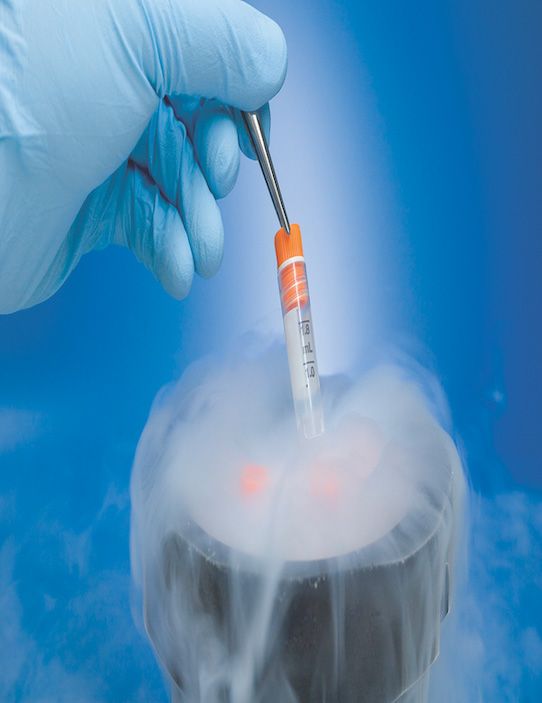NASA, Virginia organize a drone delivery of medicine
Two-part journey brings a package of medicines to an Appalachian free clinic
Call it a most excellent photo op for Washington and Virginia government officials—while simultaneously at least paying lip service to a good cause, healthcare for the uninsured. On July 17, a 10-lb package of pharmaceuticals, for patients being served at a western Virginia health fair (more about that later), was delivered via a drone (a “hexacopter”) from Flirtey Inc., an Australian company developing remote-delivery technology. The Flirtey drone flew a couple miles to the fairgrounds (making multiple runs from a local airport), and dropped its package via a tether to the ground. But that was the last leg: previously, a NASA unmanned aircraft system, the Cirrus SR-22, had conveyed the shipment from a Tazewell County, Virginia airport to the Wise County airport. A fascinating drone’s-eye view of the delivery is watchable here.
The Flirtey drone (pictured) is what most of us think of as a drone—a scaled-up toy aircraft, in this case with six upward-facing propeller blades. The NASA UAS, however, is a “full-size” and “fixed-wing” aircraft—and it is always used by NASA with human pilot onboard, although controlled from a ground station. (One expects that NASA takes this belt-and-suspenders approach in fealty to FAA, which is highly circumscribed about unmanned aircraft in US airspace. On the other hand, while NASA was conducting this test, it was also managing the Pluto flyby—an unmanned craft that traveled three billion miles to successfully intersect with that minor planet.)
All this was viewed proudly by: Virginia Senator Mark R. Warner; Governor Terry McAuliffe, and various Virginia, Virginia Tech, and NASA officials. Senator Warner called the event a “Kitty Hawk moment” for unmanned aerial systems. The Commonwealth of Virginia (home to many, many defense contractors) has invested in a program called the Mid-Atlantic Aviation Program to further innovation in such research; Virginia Tech is one local participant in the effort.
The medicine-by-drone event might be a first for NASA, but that application has been tested in Europe by DHL, which announced a program to deliver pharmaceuticals to a relatively inaccessible island off the coast of Germany last year. The goal is roughly the same: to demonstrate the ability to deliver medicine to remote areas or after natural disasters; more broadly, Amazon and others are seeking to broaden the applicability of drones to make home or local deliveries of all sorts.
About that health fair: this was organized by Remote Access Medicine (RAM), a Rockford, TN charity that organizes free health clinics for underserved populations, internationally and in the US. Some 1,500 patients received medical, dental and eyecare during the event; RAM is the middle of a campaign it calls “Stop the Suffering in Appalachia,” of which the Wise County event seems to be a part. Thousands of patients—some of whom haven’t seen doctors for years—line up on a first-come, first-served basis at these events.
